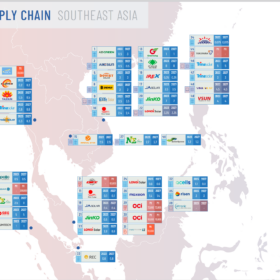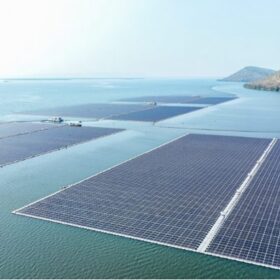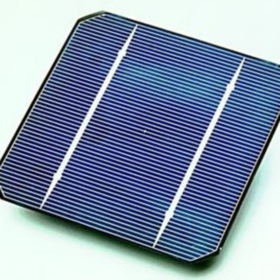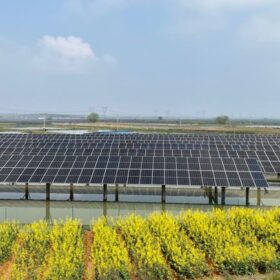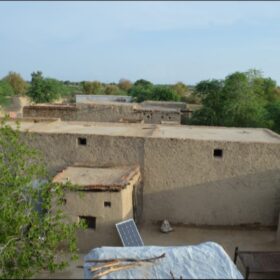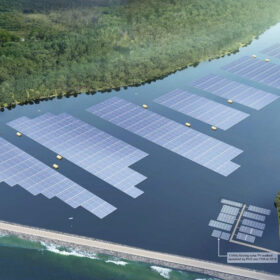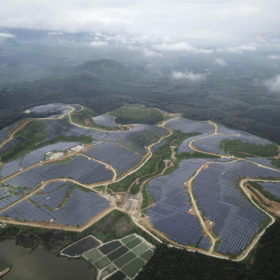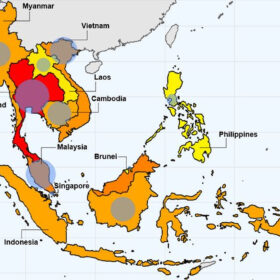Standard Energy prepares 3 GW silicon wafer, 3 GW PV cell factory in Thailand
Standard Energy, a subsidiary of Singapore’s GSTAR Group, says the first batch of equipment has arrived at its new 3 GW silicon wafer and 3 GW solar cell smart factory in Thailand. Production is expected to commence in July.
New PV system design strategy avoids oversizing, curtailment
A group of scientists in Thailand has outlined a new approach to avoid oversizing and overvoltage in energy markets applying volt-watt droop curtailment strategies. The novel methodology leads to a reduction in a PV system’s net present value but also increases its levelized cost of energy.
Sinovoltaics maps out Southeast Asian PV manufacturing sites
The latest supply chain report from the Hong Kong-based technical compliance and quality assurance company covers the Southeast Asia region, providing information about 50 manufacturing sites.
Hydro-solar hybrid starts commercial operations in Thailand
The Generating Authority of Thailand (EGAT) has confirmed that a 24 MW floating hydro-solar hybrid project has commenced commercial operations in northeastern Thailand. The installation is part of wider plans to develop 16 floating solar projects with a combined capacity of 2,725 MW.
New anti-reflective coating for silicon solar cells
Developed by an international research group, the novel anti-reflective coating is based on silicon dioxide and zirconium dioxide. It reportedly minimizes a solar cell’s reflection loss, while enhancing its light absorption properties.
South East Asia sees renewed interest in utility scale floating solar
Indonesian president Joko Widodo inaugurated a 145 MW floating solar plant in Java this week, while module manufacturer Husaun Energy said it will supply 60 MW of heterojunction solar panels for Grow Energy’s Thailand floating PV projects.
New research sheds light on off-grid solar costs in remote villages
An international research group has assessed the economic feasibility of exclusively powering remote villages in Pakistan with off-grid solar-plus-storage projects. They said that their proposed system configuration has a “justifiable” net present cost.
The ‘next big thing’
The PV industry in Southeast Asia has come a long way since guest author Ragna Schmidt-Haupt, partner at Everoze, reported on solar financing innovation in the region more than a decade ago. In this article, she outlines five factors for success, the newest of which has the potential to become a game changer, and not only in Southeast Asia.
Machine learning for predictive maintenance in large-scale PV plants
Scientists have developed a machine-learning model – utilizing K-Means and long short-term memory techniques – that aims to overcome ‘fault detection and classification’ in the operation and maintenance of large-scale solar PV farms.
Southeast Asia has technical potential to deploy over 1 TW of floating PV
A group of researchers from the US National Renewable Energy Laboratory assessed the potential for floating PV (FPV) plants at reservoirs and natural waterbodies in 10 Southeast Asian countries. It found that the overall FPV technical potential for the region ranges from 477 GW to 1,046 GW.


